Reviewed: The Third Generation Specialized S-Works Venge
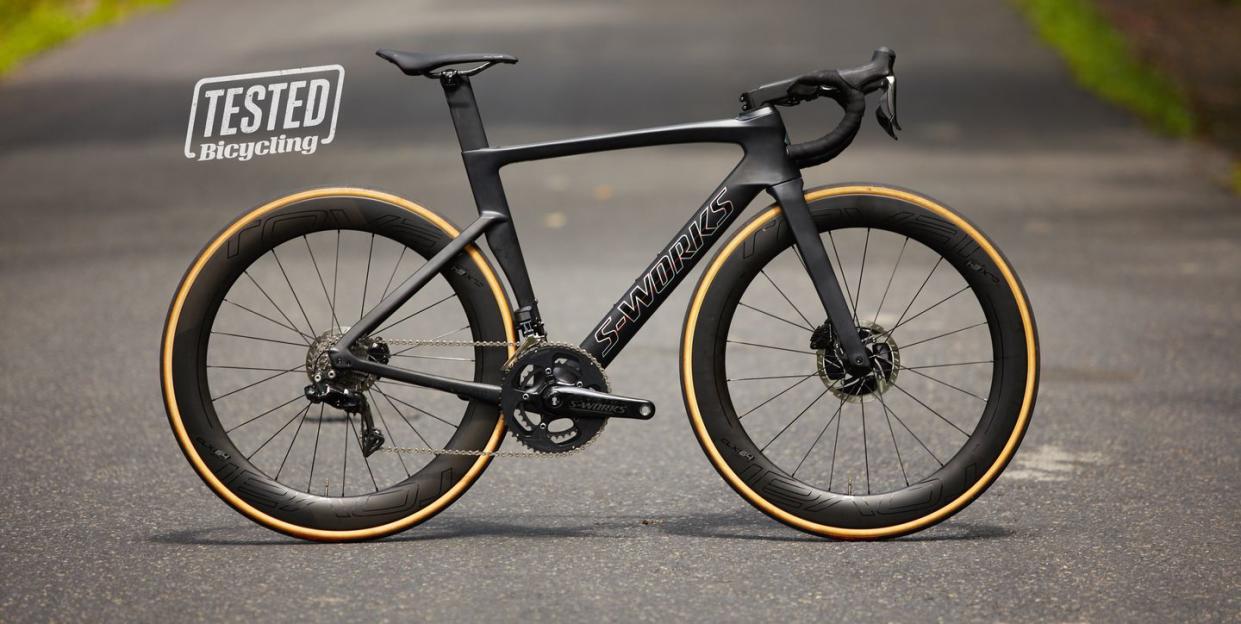
Price: $12,500
Weight: 15.5 pounds (size 54cm)
Frame and fork weight: 960 grams; 385 grams (claimed)
Style: Aero road race
Drivetrain: Shimano Dura Ace Di2 disc
Material: Carbon fiber composite
Tire clearance: 32mm
The right bike for: Reformed aero-bike haters.
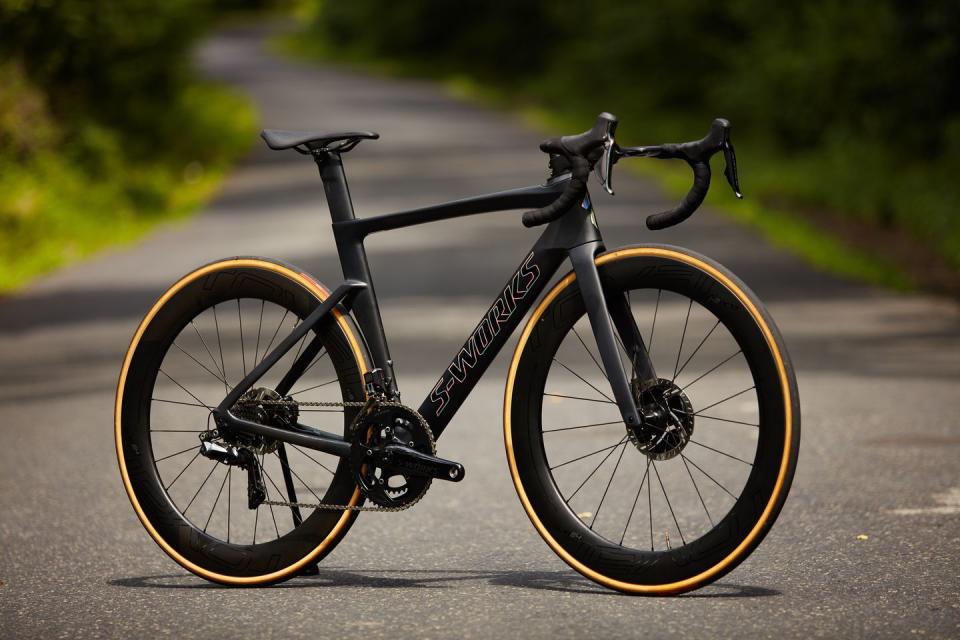
Specialized's Venge is one of the most recognizable, and most successful, aero road bikes in the world. For its third generation, Specialized gave it a major overhaul: its lighter, smoother riding, better handling, and more rider friendly. It's also cuts a much simpler profile: even the most hardened aero-bike hater might not find it offensive.
You can read all about the Venge's updates here.
Build
The third generation S-works Venge is only available with disc brakes, and can only be equipped with an electronic drivetrain.
One model, in one color, is available at launch: The S-Works bike in all black with holographic stickers.
The complete bike is equipped with Shimano's Dura Ace 9170 group: electronic shifting and hydraulic disc brakes (160mm front rotor, 140mm rear rotor). The cranks are Specialized's new Power Carbon cranks with dual sided power meter, Praxis Works 36/52 rings (cassette is 11-28). The crank spins on Ceramic Speed bearings inside a BB30 shell.
The cockpit is built with Specialized's Venge stem–claimed to be the stiffest around–and Specialized Aerofly II handlebar (80mm reach, 130mm drop in all widths). This bar features flattened, aerodynamic, tops with grip-enhancing dots. If you don't like this setup, the new Venge can be used with almost any normal bar and stem.
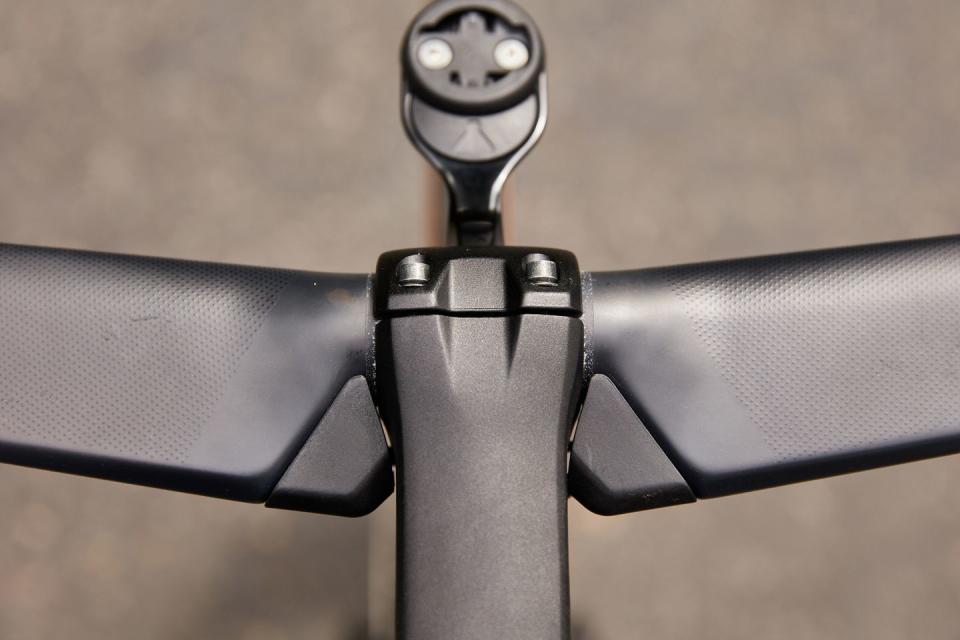
The carbon seatpost is specific to the Venge and has 20mm offset (a zero offset post is offered). A Specialized S-Works Power saddle with carbon rails tops the post.
Rolling stock consists of Roval's CLX64 Disc tubeless-ready wheelset with Ceramic Speed bearings. Tires are Specialized's 26mm Turbo Cotton tires with 320tpi casing.
If you prefer to build your own, the S-Works Venge is offered as a frameset $5,500.
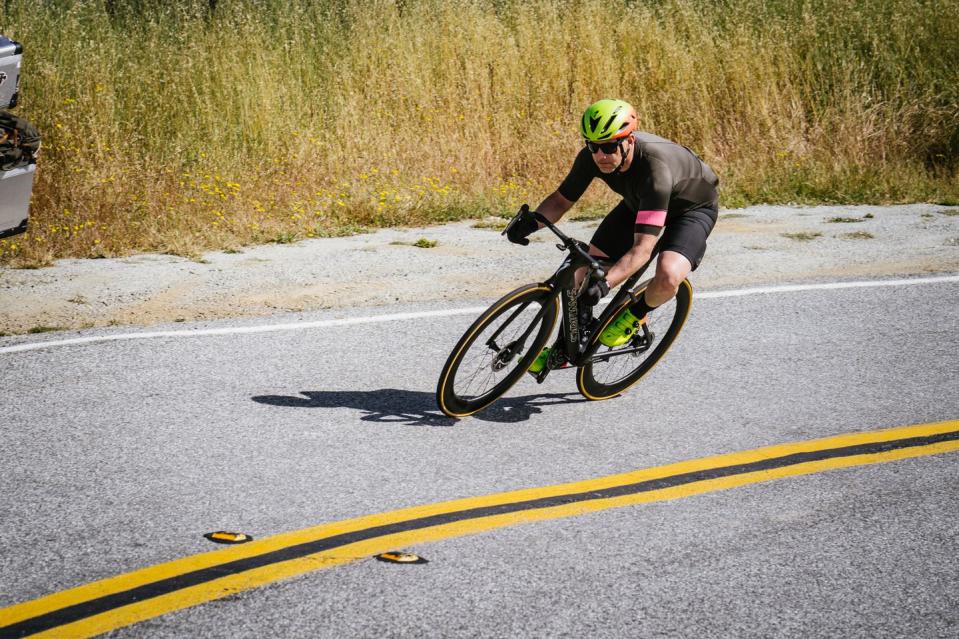
Ride Impressions
The Venge is the latest to demonstrate how far aero bikes have come. In my size, it weighs about 15.5 pounds with an extensive feature list: aerodynamic frame, electronic shifting, hydraulic disc brakes, power meter, tubeless-ready 64mm deep wheels. That's only a bit more than a half pound heavier than Specialized S-Works Tarmac with an almost identical build (the Tarmac has 50mm deep wheels, and a traditional handlebar).
Overall, I didn't feel like this Venge performed like an aero bike: it just felt like a really good, well balanced, all-around, modern road bike. I think that's because A–the good aero bikes, like this Venge, are no longer one trick aero ponies, but perform well in all ways; B–the gap between aero bikes and light bikes has significantly narrowed; and C–I'm just more used to the feeling of riding aero stuff because almost all road racing stuff is aeroified. These days, I'm more likely to notice when a bike is slow because it's not aero, than I am to notice a bike is fast because it is aero.
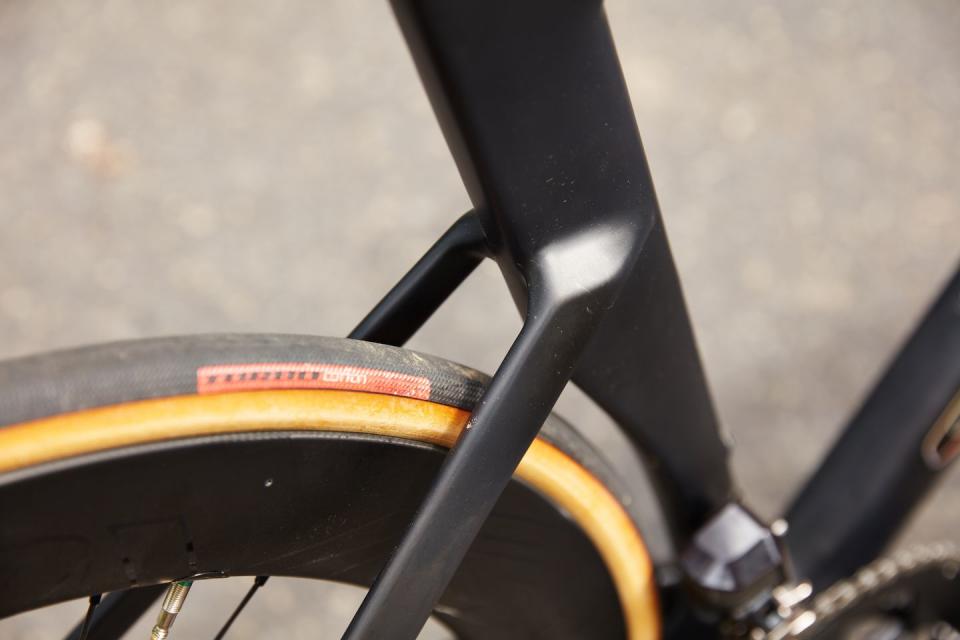
Just to cover a fly in the ointment: during the first media ride on the Venge, I experienced several dropped chains, and at least on case of chain suck. Several other members of the media on the ride also had front shifting issues. It seems the bikes were hurriedly set up for our ride and not quite dialed in. The same bike was later shipped to us for further testing, and over the course of several weeks of riding, it only dropped its chain once.
Climbing, the Venge never felt like anything but a light and efficient road racing bike. For sure there are bikes that feel lighter and more efficient, but the Venge feels like a proper road racing bike when climbing, and not an bike that climbs well for an aero bike. Out of the saddle, it felt particularly stiff and reactive–sprinters should be happy–and the frame's stiffness is uniform.
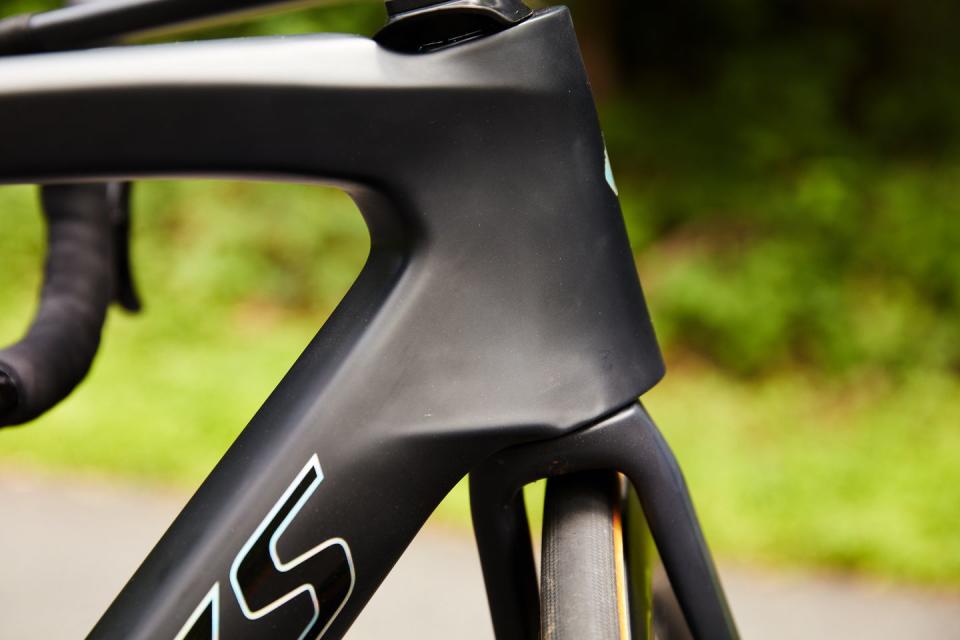
The frame's compliance and damping is laudable as well. It's better than many light weight race bikes from just a few years ago, and certainly smooth enough enough for long races, training rides, centuries, or gran fondos. It's better at quieting road vibrations and smaller bumps than bigger bumps. Even so, one tester commented, "The bike soaks up large cracks and rough pavement transitions with a dull thud rather than a sharp sting. I could ride this bike all day, which I could not say about other aero-ish road bikes."
The handling is straightforward: it's a quicker quicker-steering bike that tips into turns with a light touch. In a straight line at high speed, it's solid and confidence inspiring, and it doesn't get upset or shaky in unpredictable cross winds. Again: there's no aero-ness or vagueness here: this is a reactive and precise road bike.
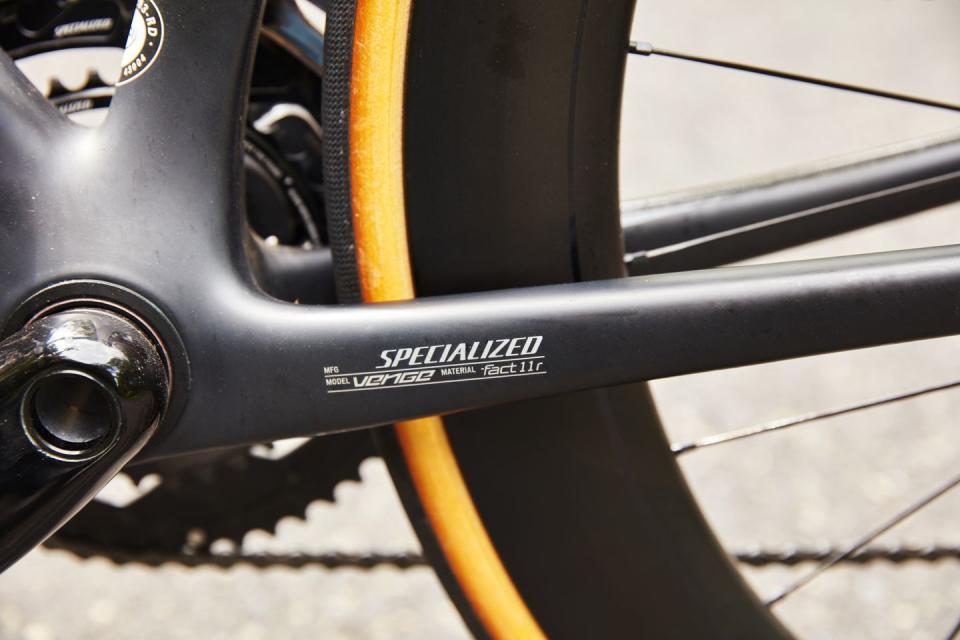
Basically, this Venge felt like the new sixth-generation Tarmac Disc to me in most ways. The exceptions were small differences in handling (the Venge is less settled in bumpy corners), vertical compliance (the Venge is a little more rumbly, and the back end is more likely to kick up and skip when rolling over bumps), and noise (the Venge is freaking loud: loud enough that another rider commented that the Venge's whoosh noise almost sounds like a car approaching).
I've called the new Tarmac Disc the current benchmark for road racing bikes: I still believe that after riding the Venge, but only just. The Tarmac has some aerodynamic tuning and it is a bit lighter, smoother, and better handling (in some situations) than the new Venge. But more than anything, it's current consumer preferences that make the Tarmac the benchmark: it's more of what people want, today, in a road racing bike.
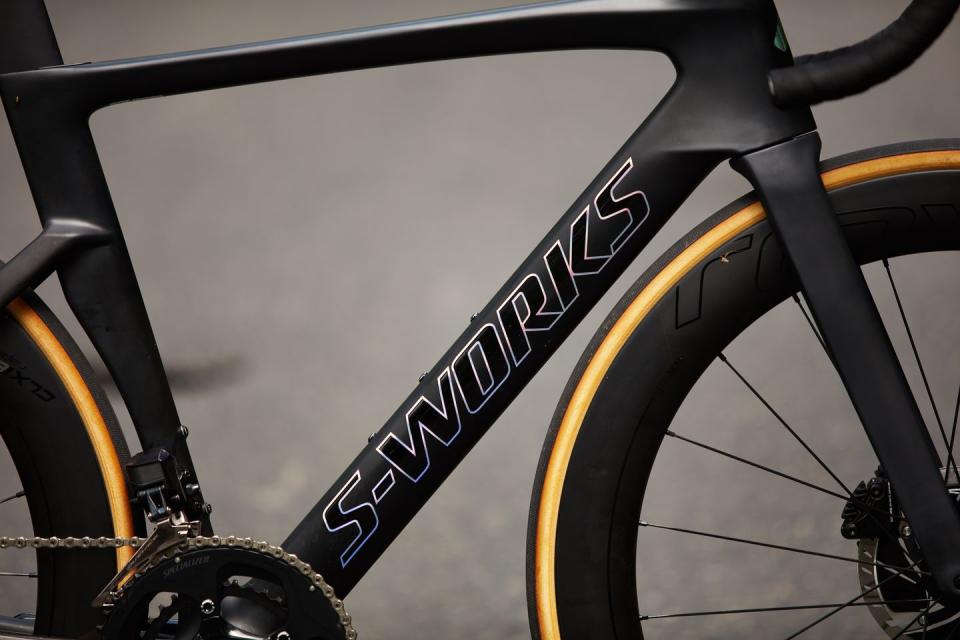
For Specialized's sponsored pros, and the well heeled, the choice between the more aero bike, and the lighter, better riding bike, isn't one that needs to be made. For the rest of us though, it is a choice: and a harder one than ever.
If I had to buy one race bike, it would be the Venge, because, to me, compared to the speed advantage in most situations, the Venge's disadvantages are inconsequential.
No bike is perfect in every single situation. One moment, the more aerodynamic bike might be faster; in another, the lighter bike might be faster. But overall, most riders spend most of their time riding in situations where an aero-road bike is faster than a lighter, less aerodynamic, bike. If you care about going as fast as possible, most of the time, an aero bike is better.
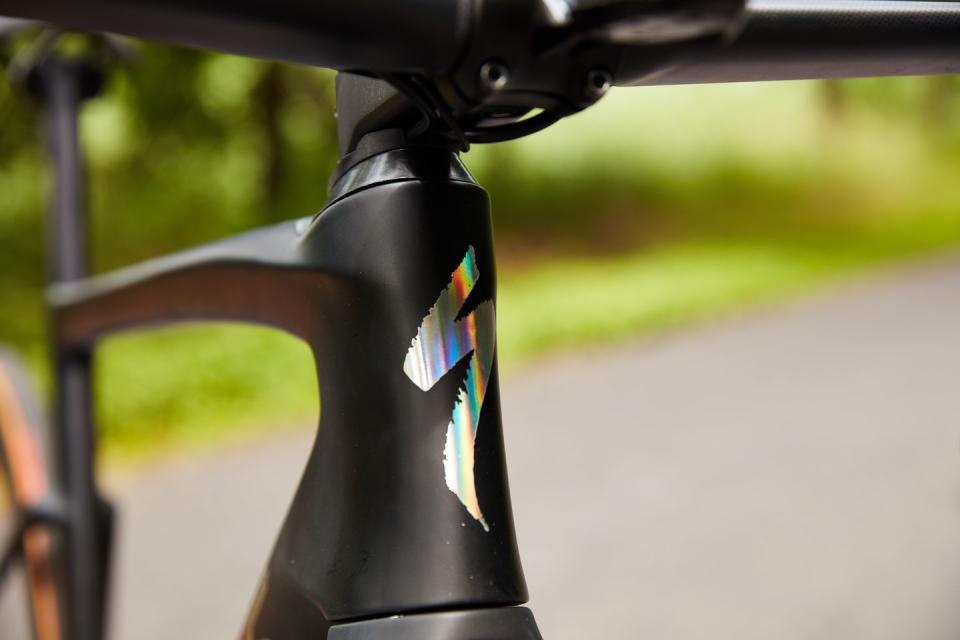
The thing is though, I don't race very often–most of you don't either. I don't race enough for "what's fastest" to be the driving force behind my bike-buying decisions. I like my bikes to be efficient, for sure, but I put more of a premium on a smooth ride, handling, balanced performance, and strange as it seems, how noisy a bike is. As good a bike as the new Venge is, if I was buying a high performance, race-style, bike–for the kind of riding I do–I'd pick the Tarmac.
But if the Venge and Tarmac keep on their current trajectories, in two, maybe one, more generation, I think the Venge will be the perfect bike not just for racing, but also for everyday riding.
You Might Also Like

